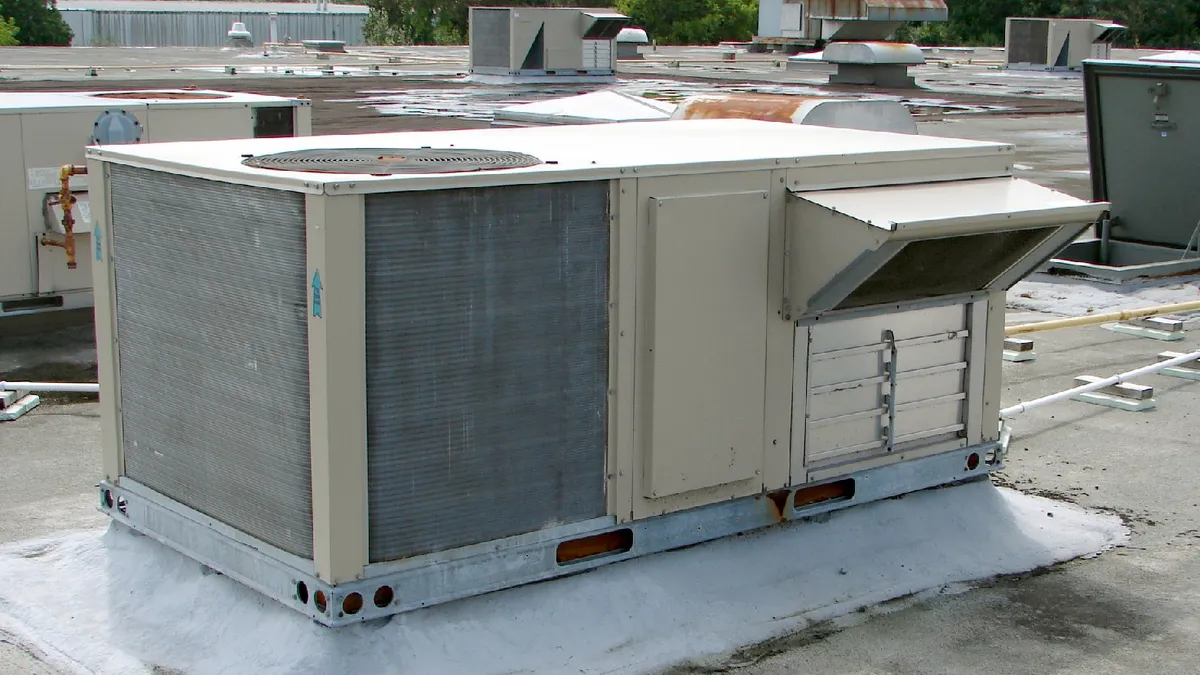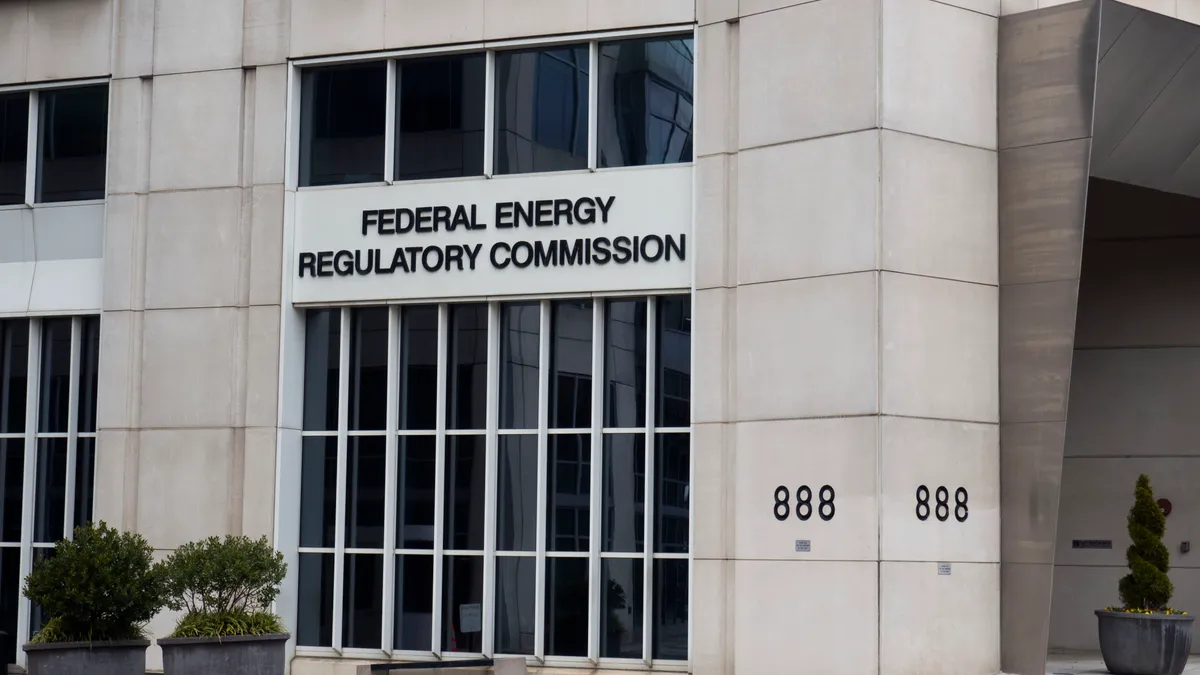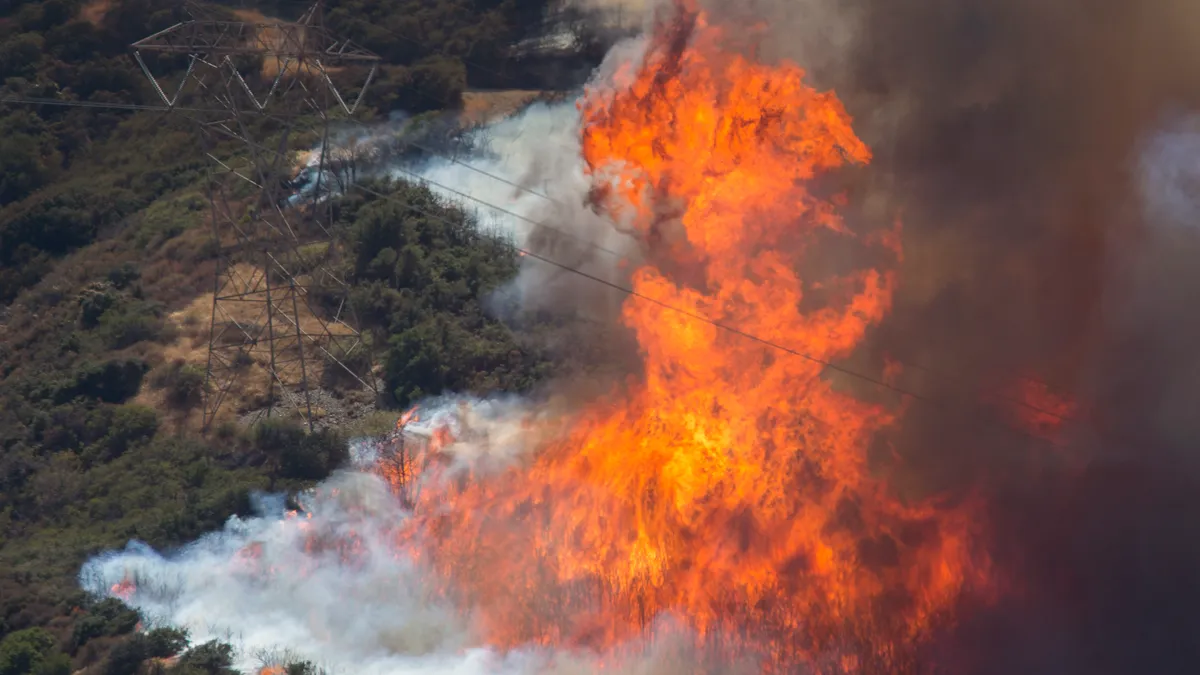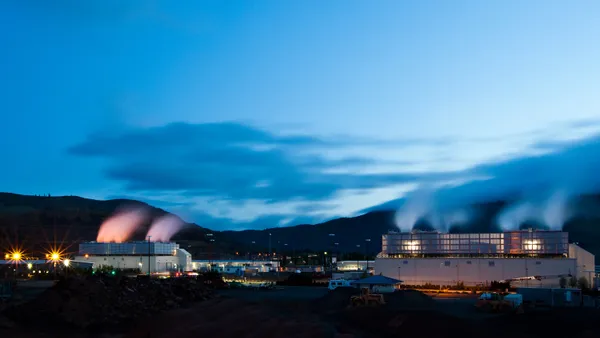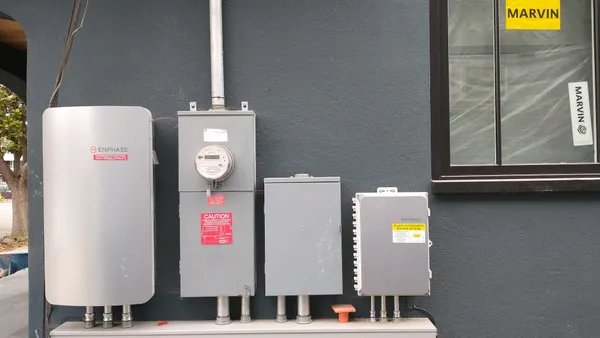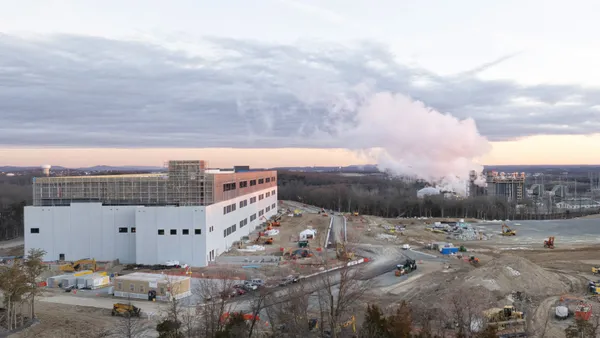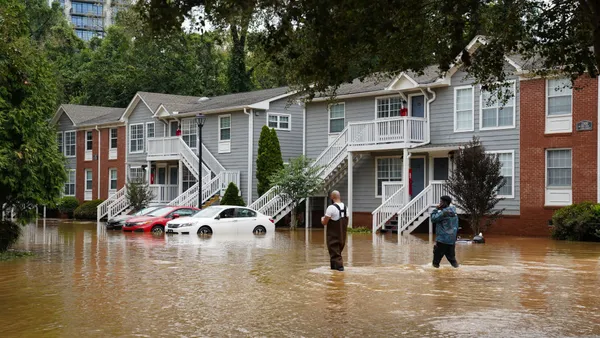Dive Brief:
- The U.S. Department of Energy has announced new requirements for commercial air conditioners and furnaces, a move the agency is calling the largest energy efficiency standard in history, Greentech Media reports.
- Developed alongside industry, utilities, and environmental groups, DOE said the new standards will save businesses $167 billion on their utility bills and reduce carbon pollution by 885 million metric tons over the next 30 years.
- The Obama administration's DOE has finalized new standards for more than three dozen household and commercial products, aimed at saving consumers nearly $535 billion and cutting greenhouse gas emissions by more than 2 billion metric tons through 2030.
Dive Insight:
The DOE's new efficiency standards are the most significant ever passed by the agency, and officials say the collaborative process is a big part of the success.
"This rule also shows that strong public-private partnerships can reap environmental and economic dividends and drive technology breakthroughs," Energy Secretary Ernest Moniz said in a statement. "These standards are a direct result of the Energy Department’s negotiated rulemaking process which brings diverse stakeholders to the negotiating table and supports industry innovation, demonstrating how government and business can work together to meet U.S. carbon reduction goals.”
The new standards, issued not long after an international climate agreement was reached in Paris, show that "America is leading the effort to reduce energy costs and cut carbon emissions," Moniz said.
The new AC and furnace standards will be enacted in two phases, the first beginning in 2018 with a 13% improvement in the efficiency of products. Five years later, an additional 15% increase in efficiency will be required for new commercial units.
According to DOE, commercial air conditioners – also known as rooftop units – cool about half of the total commercial floor space in the United States.
The new standards "will save about the same amount of energy as all the coal burned in the U.S. to generate electricity in a year,” Rhea Suh, president of the Natural Resources Defense Council, told Greentech Media.



